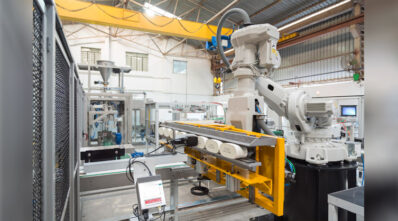Role of automation in green technology
By Admin November 21, 2022 5:24 pm IST
By Admin November 21, 2022 5:24 pm IST

Transport was responsible for 37 percent of global carbon dioxide emissions in 2021. Thus automation in the transport sector has turned out to be a boon. The article discusses how electric vehicles are critically important in the fight against climate change.
Automation as a Facilitator of Green Technology
Among the key benefits of automation are greater productivity, safety, efficiency, and accuracy. When used for building green technology systems, these features ensure that the solution is eco-friendly. They make the manufacturing process less resource intensive.
Electric Vehicles (EVs) are the trending green technology topic at present. Conventional transport, by the way, is more challenging to decarbonise than electricity. Transport was responsible for 37 percent of global carbon dioxide emissions in 2021. This makes electric vehicles critically crucial in the fight against climate change.
Wind electricity is the second most prolific element in renewable electricity after hydropower. Electricity from wind comprised bout 6 percent of the globally generated power in 2020. Manufacturing wind turbines is a complex process consisting of multiple discrete steps.
Automation is inherently more suited for handling complex tasks at a speed that manual operations cannot match. This makes it possible to churn out more wind turbines, enabling quicker transformation to green energy. Again, higher precision eliminates rework and material wastage, as we explain later.
Cybernetik in Green Technology Automation
The environment is the enabler of life on the planet. It does this through the supply of all of humankind’s resources and the assimilation of all its wastes. Cybernetik looks at the environment from a perspective as broad as this. Therefore, our automation solutions and processes for green technology are geared towards:
• Rapid development from the drawing board to deployment to ensure that the solution can commence its green operations in the least possible time.
• Optimisation of resource use which cuts resource wastage to a bare minimum. Our definition of resources is not limited to steel, other metals, and bought-out items. We take them to mean electricity, water, and solvents as well.

We use cookies to personalize your experience. By continuing to visit this website you agree to our Terms & Conditions, Privacy Policy and Cookie Policy.